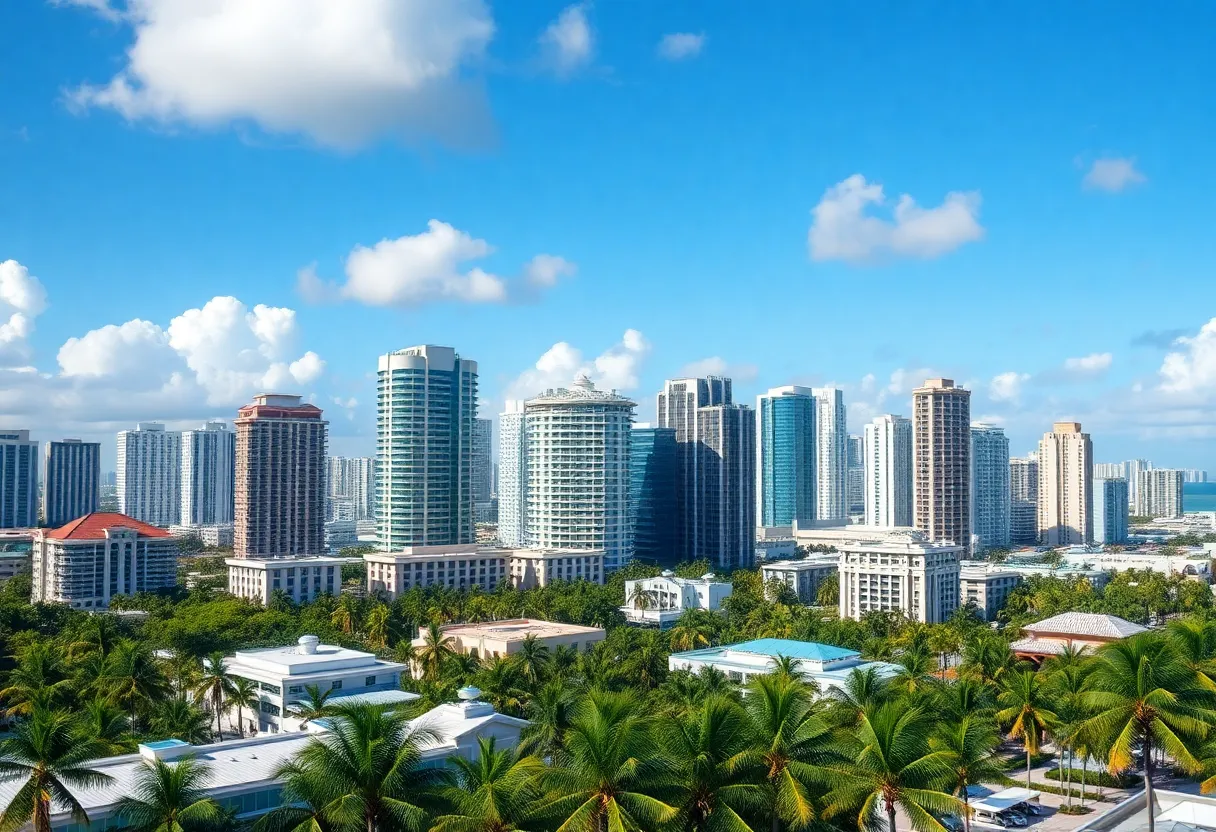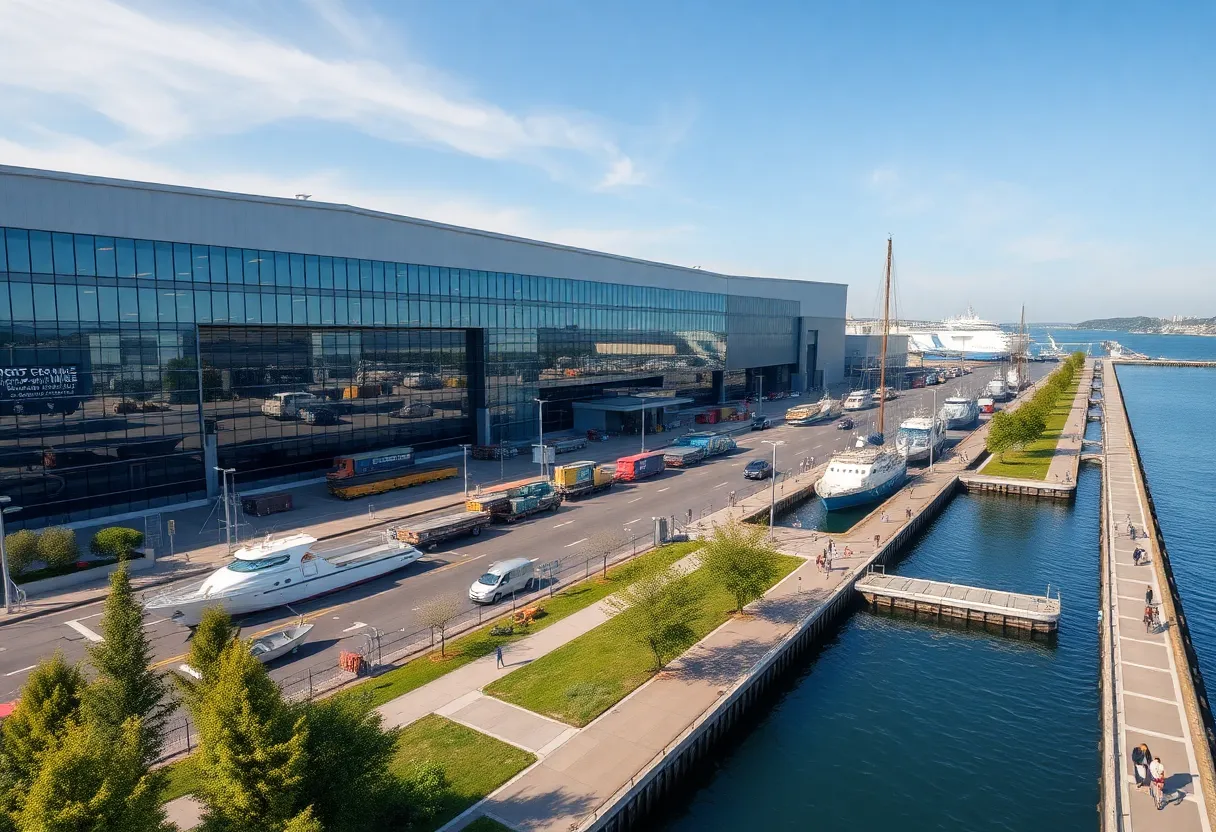News Summary
A significant exodus of high-earning residents from New York City to South Florida has transferred nearly $14 billion in income, reshaping the regions’ economic landscape. As areas like Palm Beach and Miami-Dade absorb this wealth, the demand for housing and commercial developments continues to rise. However, concerns about affordability and the potential for existing residents to be priced out are becoming pressing issues. The retail sector is also expanding amidst this wealth infusion, marking a transformative period for South Florida’s economy.
New York City
Between 2017 and 2022, tens of thousands of high-earning residents exited New York City, transferring nearly $14 billion in income to Florida. This significant migration has sparked a trend in which South Florida is emerging as a new nexus for wealth, especially in areas such as Palm Beach, Broward, and Miami-Dade counties, which collectively absorbed more than $9.2 billion of this wealth.
South Florida’s Appeal to High Earners
The influx of high-net-worth individuals is reshaping South Florida’s economic landscape, with state officials highlighting its pro-business environment as a key attraction. The diversification of Miami’s economy into various sectors, including finance, technology, and hospitality, further enhances its appeal to incoming residents seeking opportunities beyond just traditional businesses.
With property rental rates skyrocketing—particularly in prime markets like Coral Gables, where rates are around $100 per square foot, and Brickell, which sees leases ranging from $125 to $150 per square foot—many developers are now actively working with city planners. This collaboration aims to expedite residential and commercial projects to cater to the increasing demand caused by this migration.
Concerns and Challenges
Despite the energetic growth, there are rising concerns among current residents regarding the potential for being priced out of the hottest real estate markets in South Florida. Reports indicate that there is a stark imbalance between rising demand and limited supply. The Florida Live Local Act has been introduced to promote affordable housing by offering tax, regulatory, land use, and funding incentives to developers, yet the process for project approvals remains protracted. Typically, the approval timeline can extend from two and a half to three years, delaying the much-needed response to housing demand.
As more individuals relocate, the demographic shift prominently features both high-net-worth individuals and younger professionals, with notable figures among them. Miami’s real estate market has demonstrated impressive growth, reporting a staggering 209% increase in year-over-year sales growth for the first half of the year, culminating in a total sales volume of $788 million.
Retail Sector Expansion Amid Wealth Migration
Additionally, the retail sector in South Florida is witnessing an expansion aligned with the increasing wealth of new residents. Grocery stores are expected to particularly benefit from this influx. Even with rising operational costs, the retail market remains robust, anticipating greater activity as interest rates decrease, providing further commercial opportunities.
Inflationary pressures are also evident in Florida’s property insurance costs, which have escalated dramatically, causing some disruption in the development landscape. However, both developers and business leaders express optimism regarding Miami’s trajectory as a burgeoning financial hub, emphasizing that it can retain its distinct character while harnessing this wealth migration.
The Big Picture
A report from New York’s Citizens Budget Commission outlined several factors prompting this exodus, such as pandemic-related concerns, shifts in immigration policy, affordability challenges, lifestyle quality, and job opportunities. This holistic view encapsulates the broader social dynamics at play as South Florida repositions itself in the national economic framework.
As the trend towards permanent wealth migration appears to intensify, the stakes are high for urban planners, policymakers, and community leaders in South Florida. Balancing the aspirations of new high earners with the needs of existing residents will be essential for fostering sustainable growth and community cohesion in the coming years.
Deeper Dive: News & Info About This Topic
HERE Resources
Additional Resources
- Globest: Wealth Migration Leading to Surging Retail Demand in Florida
- Euromoney: Miami’s Rise from Financial Backwater to Wealth Powerhouse
- Henley Global: Centi-Millionaire Report 2024
- Palm Beach Post: Wall Street South – West Palm Beach Office Boom
- Wikipedia: Wealth Migration








